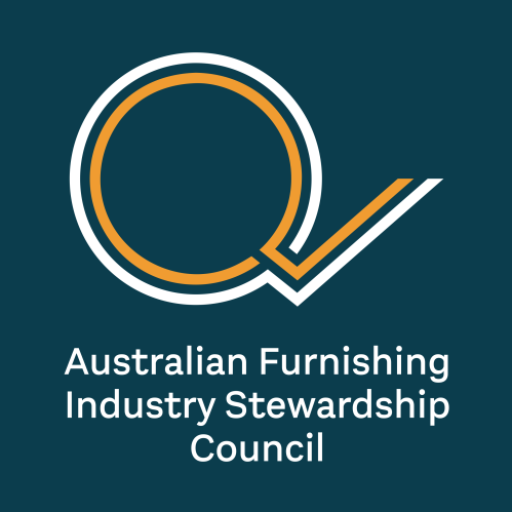In 2025, the Australian waste management industry has and will continue to undergo significant transformation, driven by technological advancements, regulatory changes, and a global push towards sustainability. At Simplex Waste Solutions, our team continues to navigate and actively adapt to the evolving landscape of the waste management industry as we respond to the dynamic changes in our field. The trends we are currently observing in the waste management space are as follows:
Market Growth and Investment
● Infrastructure Development: Significant investments are being made in waste processing equipment within recycling facilities, particularly in rapidly growing regions like Western Sydney. For instance, the Renier Group is establishing a high-tech recycling facility in Luddenham, aiming to process and recycle 600,000 tonnes of waste annually .dailytelegraph.com.au
Adoption of Waste-to-Energy (WTE) Technologies
● Infrastructure Projects: Australia has initiated its first major WTE plant in Kwinana, Perth, marking a shift towards generating electricity by incinerating household waste. This approach aims to reduce landfill reliance and manage waste more sustainably .theguardian.com
Emphasis on Circular Economy
● Economic Potential: Australia’s current circularity rate stands at 4.6%, below the global average of approximately 7%. Doubling this rate could potentially add $26 billion to the national economy over the next decade and divert 26 million tonnes of waste from landfills annually .theaustralian.com.au
Furthermore, our team is seeing an increase in segmentation of waste streams, which has taken place in order to enhance recycling efficiency and resource recovery.
The implementation of segmented waste streams is widely regarded as a hallmark of a mature and forward-thinking waste management system. This practice reflects a strategic shift from traditional disposal methods to a more sustainable, resource-efficient approach.
Why Segmented Waste Streams Indicate Maturity
Enhanced Resource Recovery: By separating waste into distinct categories—such as paper, plastics, metals, organics, E-waste, and hazardous materials—organizations can optimize recycling processes, reduce contamination, and improve the quality of recovered materials .compliantfm.com
At Simplex Waste Solutions, our team is seeing an increase in waste segmentation which we believe is a direct result of increased education and training in waste management practices across Australia. The benefits of waste segmentation are as follows:
- Improved Waste Sorting: Clients are better equipped to segregate waste streams, reducing contamination and enhancing recycling rates.
- Customized Services: Waste management providers can tailor services based on the specific needs and practices of different client segments.
- Regulatory Compliance: Educated clients are more likely to adhere to waste management regulations, minimizing legal risks and penalties.
- Sustainability Goals: Enhanced client awareness contributes to broader environmental objectives, such as reducing landfill usage and promoting a circular economy.
- Clients have shown to be increasingly reliant on education of staff in order to achieve greater waste segmentation and as a result implement a circular economy.
The Growing Emphasis on Staff Education
Australian businesses are investing in education and training to embed circular economy practices across all organizational levels. This approach ensures that employees understand and can apply principles such as resource efficiency, waste minimization, and product lifecycle management.
For instance, specialized programs like KPMG’s 18-week Circular Advantage course and Coreo’s Circular Economy Masterclass are designed to equip professionals with the skills needed to drive circular initiatives within their organizations .acehub.org.au
Moreover, Simplex Waste Solutions provides education and training to organisations that require foundational knowledge within the waste and sustainability space, which we specifically tailor to your business needs.
Reporting
Focusing on our client base, we are seeing a much greater reliance on waste and recycling reporting. With this data clients are able to take proactive actions to enhance sustainability and reduce landfill waste and the overall environmental impact.
Within the reports clients can identify:
-waste patterns and therefore pinpoint what types of waste is being generated and develop strategies to minimise it.
-optimise operations by checking waste volumes and quantities business can enhance efficiencies. Waste collections and service schedules can be looked at to reduce costs via reporting.
-improve sustainability Viewing data allows for transparency to businesses, demonstrating commitment to environmental responsibility.
-Drive innovation – Data trends and analytical information allow businesses to discover new uses for waste materials once they understand products they are dealing with.
Nowadays, waste and recycling data is becoming a standard practise practise for businesses to improve in operational and sustainability areas. Most importantly, reporting insights allows businesses to make informed decisions that contribute to a positive environment and cost reductions.

